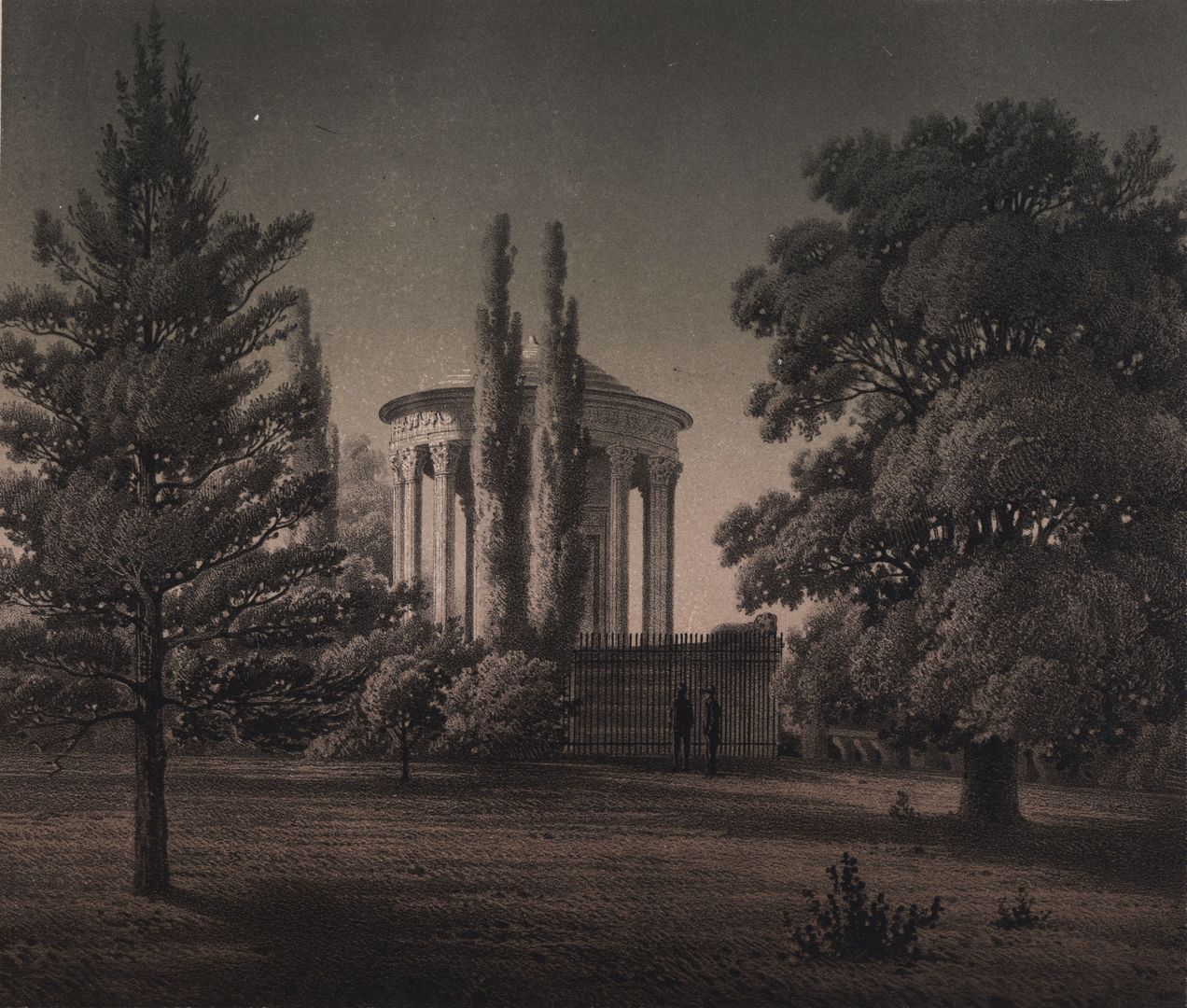The Temple of the Sibyl in Puławy
6.8

Overview
The Temple of the Sibyl in Puławy is a rotunda-style structure that forms part of the palace and park complex adjacent to the Czartoryski Palace, recognized as the first Polish museum. It was completed between 1798 and 1801 on a steep Vistula river embankment, designed by Piotr Aigner after the ancient Temple of Vesta in Tivoli. Architecturally, the building features two circular halls, with the upper hall accessible via a grand staircase guarded by stone lions—a gift from Tsar Alexander I. The interior of the upper hall is surrounded by a gallery with a domed roof, supported by Corinthian columns and adorned with a frieze decorated with griffin and candelabra motifs by Fryderyk Bauman. The lower level, with a dome resting on nine arches, has an entrance from the side of the embankment. Culturally, the Temple served as a repository for the Czartoryski family’s heirlooms and artifacts related to prominent Poles, aiming to commemorate the nation’s glorious past following the partitions of Poland. Among the exhibits were items associated with figures such as Bolesław the Brave, Casimir the Great, and Tadeusz Kościuszko. An obelisk dedicated to Prince Józef Poniatowski is located on the lower level. After 1830, the collections were evacuated to Paris and later returned to Kraków, forming the foundation of the Princes Czartoryski Museum. The museum in the Temple of the Sibyl was reactivated only in 1938 and remains accessible to this day. An interesting fact is that the building inspired Jan Paweł Woronicz’s poem "Świątynia Sybilli" (The Temple of the Sibyl).
Location
City
Puławy
Tertiary Administrative Division
Opole Lubelskie
County
Łęczyński County
State
Lublin Voivodeship
Country
2025 Wizytor | All Rights Reserved